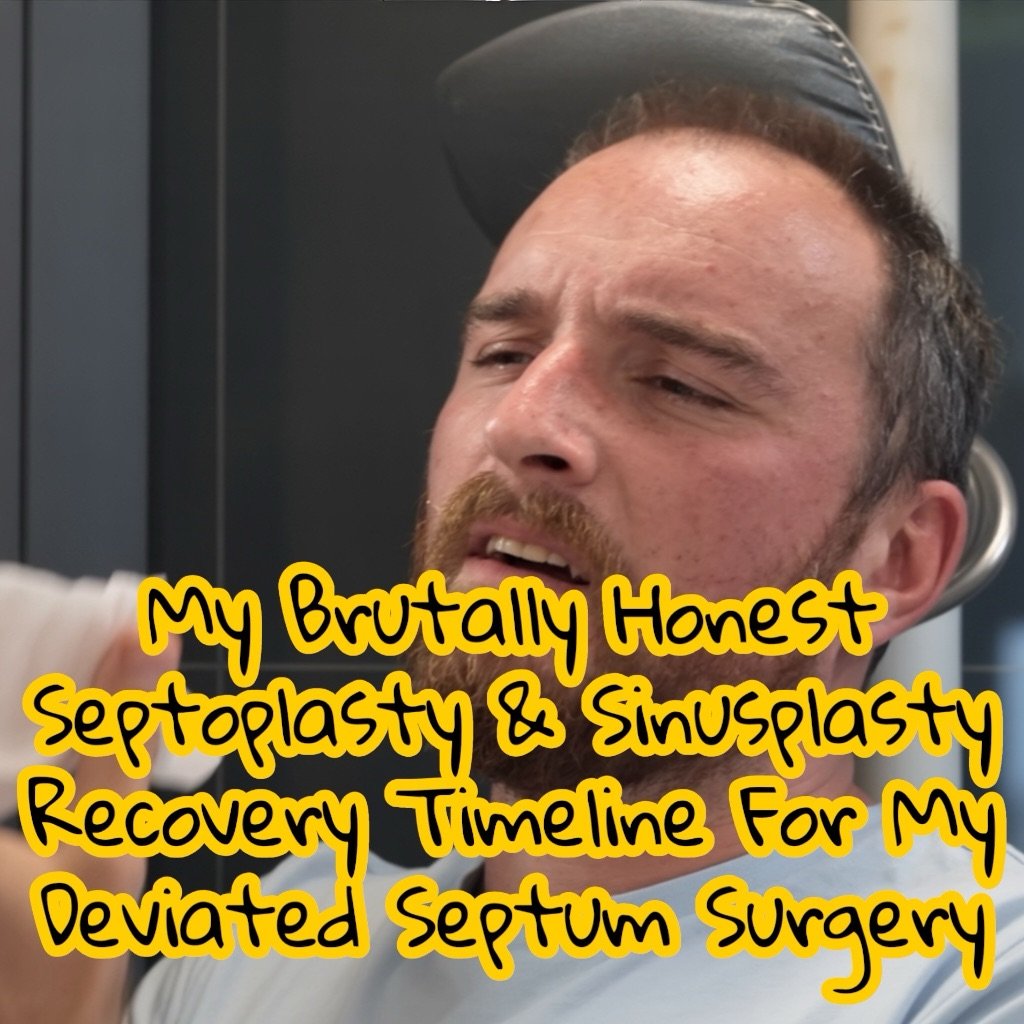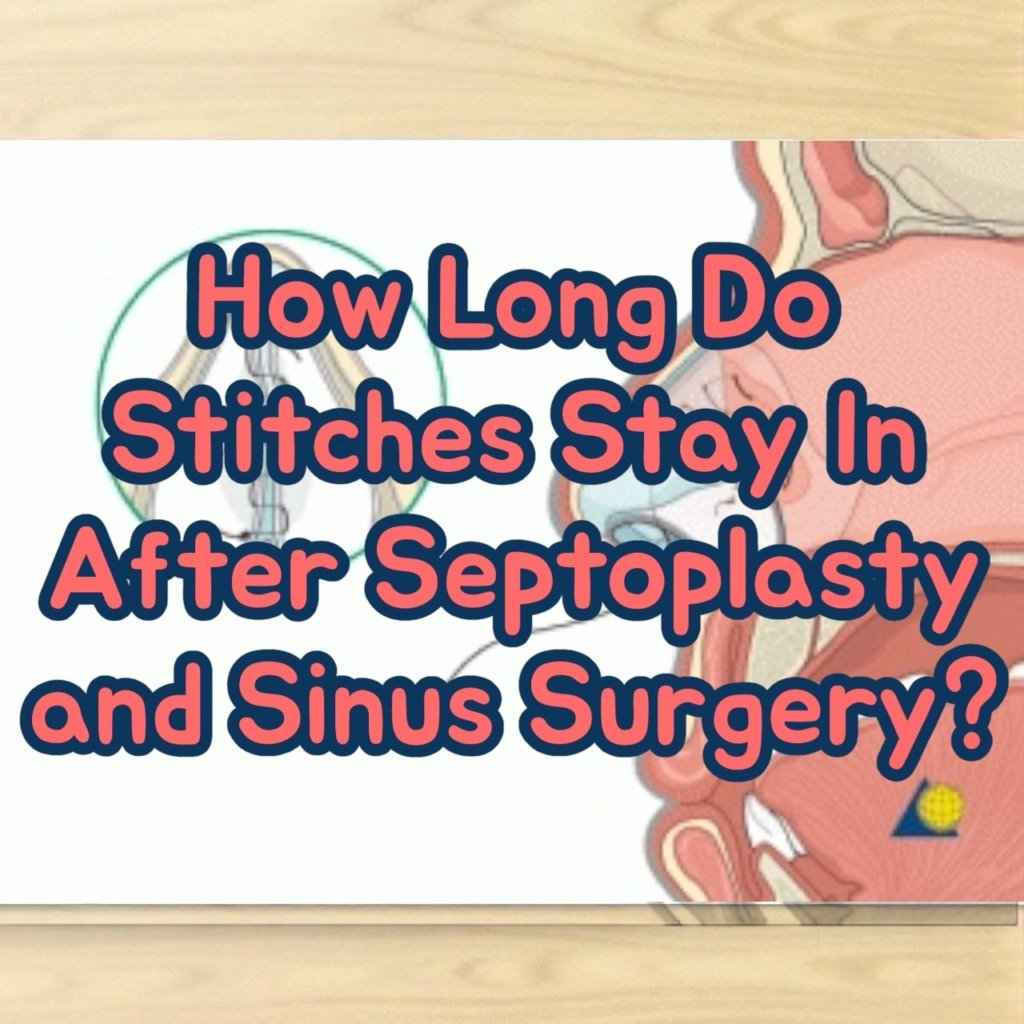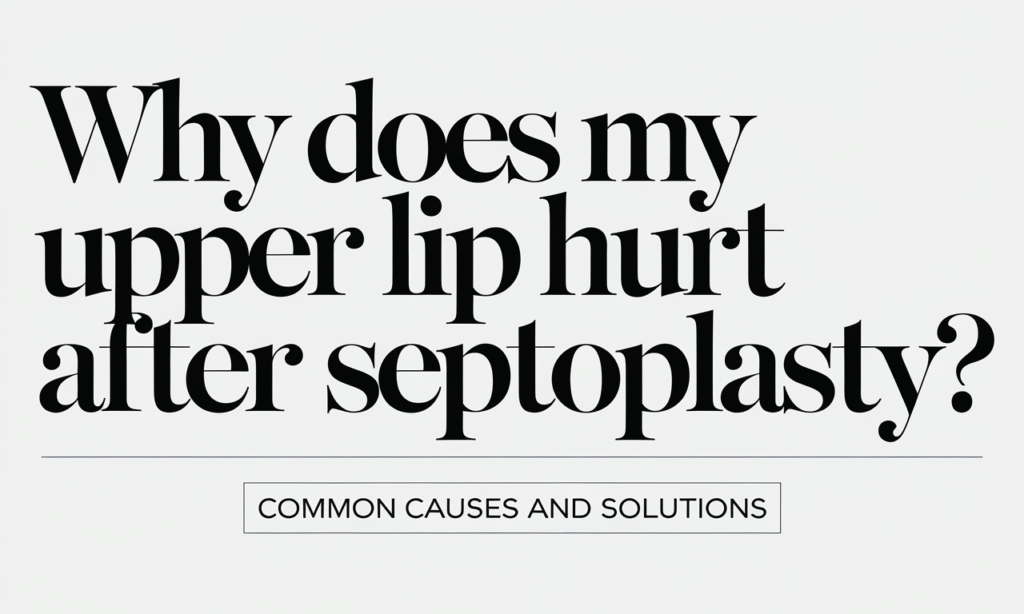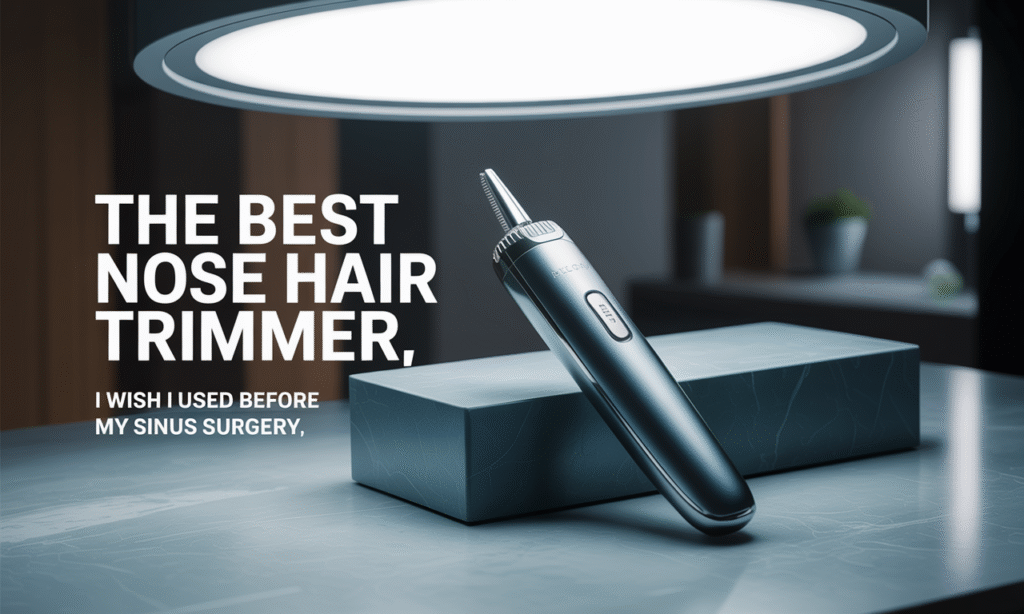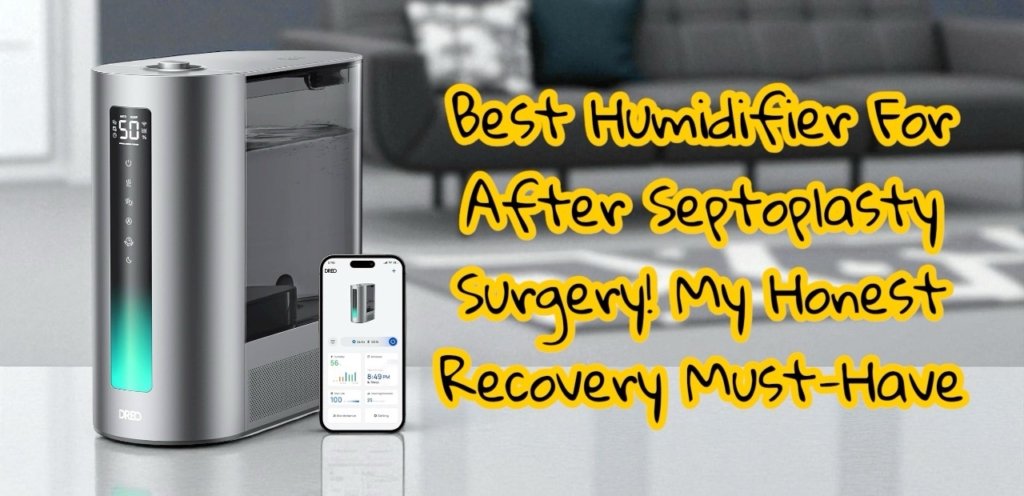
Why You Need the Best Humidifier After Septoplasty
If you’re recovering from sinus surgery like I did, you’re probably wondering what helps the most once you’re back home. For me, one of the biggest surprises was how badly I needed the best humidifier after septoplasty just to function. I had no idea how dry, crusty, and miserable the inside of my nose and mouth would become after surgery.
I was mouth-breathing nonstop. My lips were cracked, my throat felt like sandpaper, and the inside of my nose was so dry it felt like cement. Even the saline spray they gave me didn’t seem to do much because everything was just too dry. I was also barely sleeping, and that only made the healing process worse.
I didn’t realize it at first, but humidity is a game-changer when it comes to healing your nasal passages and staying somewhat sane during recovery. And not just any humidifier — it really matters which one you choose.
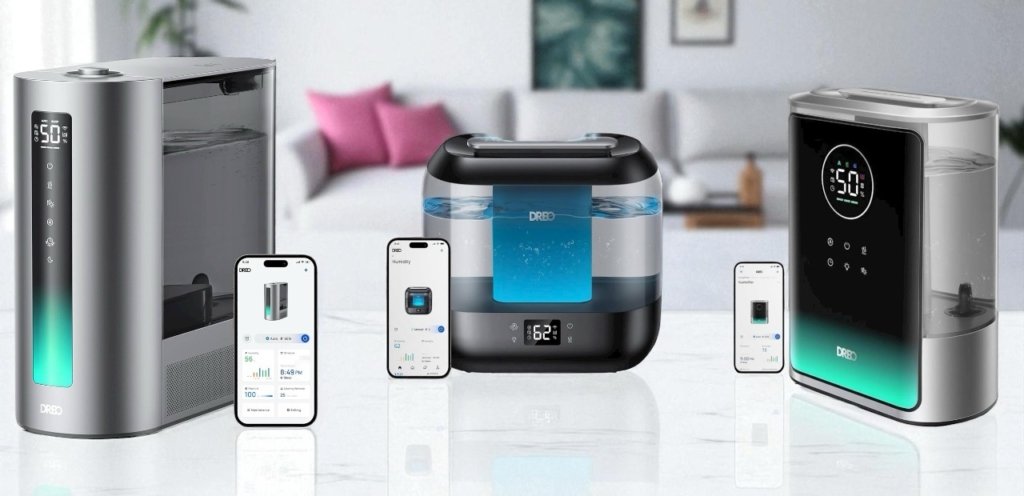
What I Looked For in a Humidifier During Recovery
If you’re about to pick a humidifier after surgery, trust me — there are some key things you need to look for. You don’t want to be fiddling with buttons or refilling a tank every few hours when you’re in pain and trying to sleep upright.
Here’s what became non-negotiable for me:
- Quiet operation – I was already struggling to sleep. Loud bubbling or humming? Nope.
- Long runtime – I didn’t want to wake up every 4 hours just to refill water.
- Easy to clean – The last thing I wanted was mold or bacteria in the water I was breathing while healing.
- Top-fill design – I had limited movement and energy. Lifting awkward tanks = not fun.
- Cool mist and warm mist options – Some days, I needed warm humidity to loosen the junk in my nose. Other days, cool mist helped with dry throat and lips.
- App or voice control – This was huge when I didn’t feel like getting up. I could control everything from my phone or by asking Alexa.
After trying multiple ones, I ended up loving the Dreo humidifier lineup because they honestly checked all the boxes.
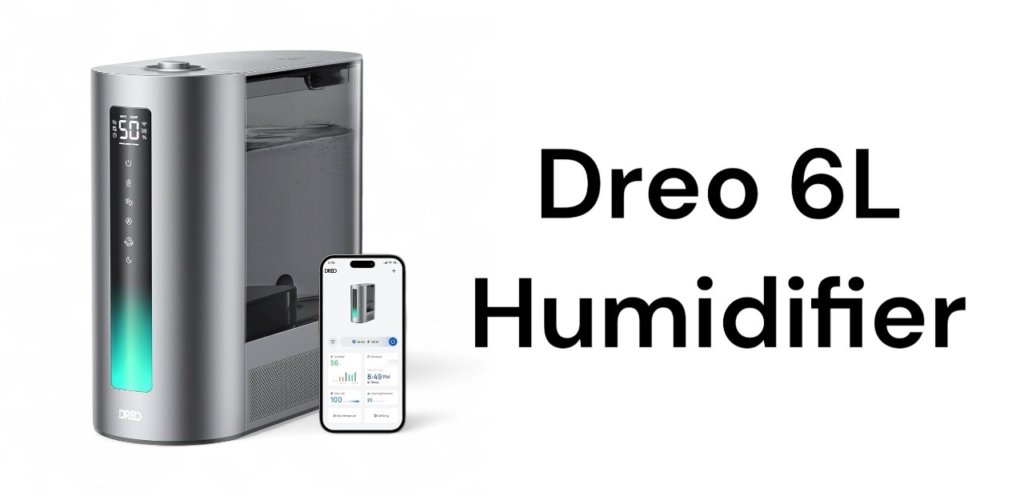
My Top Pick: Dreo Smart Humidifier 6L (HM713S)
This was the humidifier that finally gave me consistent relief during recovery. The Dreo Smart Humidifier 6L (HM713S) became my go-to because it had everything I needed:
- Warm & cool mist modes – I could switch depending on whether I felt dry or congested
- Super quiet at night – Barely made a sound
- Huge tank (6L) – Lasted up to 60 hours, even when running on medium settings
- Top-fill design – No mess, no stress
- Voice control + app – I changed settings from bed when I didn’t want to move
This was the best humidifier after septoplasty for me because it felt like it was made for someone recovering. My nose was dry and miserable before using this, and within a day or two of consistent use, I noticed a huge difference.
👉 Seriously — if you’re recovering from sinus or septum surgery, do yourself a favor and grab this humidifier on Amazon. It’s worth every penny.
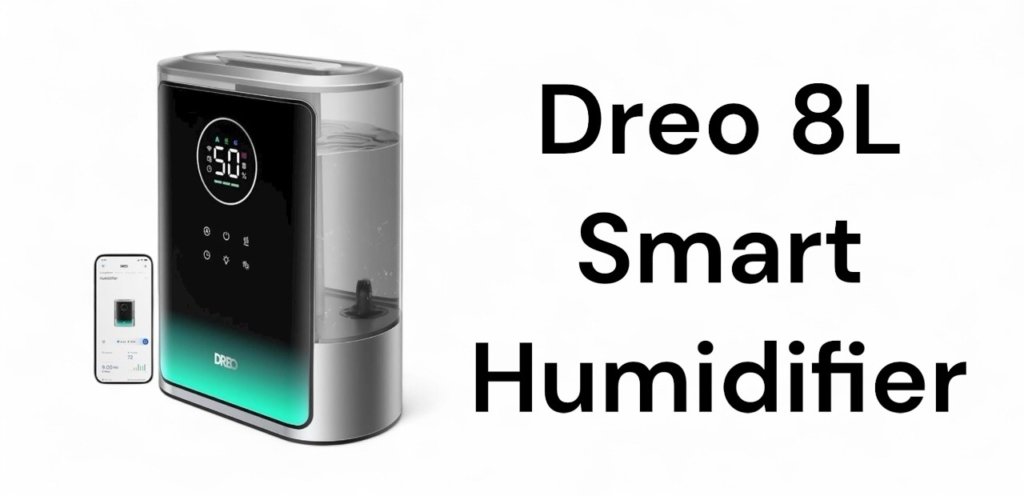
Bigger Space? Try the Dreo 8L Smart Humidifier (HM717S)
If you’re trying to humidify a larger room or your whole house, this is the beast you want. The Dreo 8L Smart Humidifier (HM717S) is a powerful unit that covers up to 600 square feet, and it has a massive 80-hour runtime.
I used this one in our living room because that space was way too big for a normal-size humidifier. It worked incredibly well — the air felt cleaner, less dry, and more breathable within hours.
It still has:
- Warm + cool mist options
- Silent 28dB mode
- Easy top-fill
- App and voice control
- Built-in humidity sensor
This one’s especially great if you live in a dry climate or have multiple people recovering in the same home.
👉 Need to humidify a big space while you heal? This is the one you want — grab it on Amazon here.

Budget-Friendly Option: Dreo 4L Smart Humidifier
If you’re on a tighter budget or just want something simple for a small space, the Dreo 4L Smart Humidifier is honestly a fantastic option — especially if you’ll be spending most of your recovery time in your bedroom.
This one still gave me the moisture relief I needed, but in a smaller, sleeker package. It doesn’t hold quite as much water as the others, but it’s perfect for overnight use in one room. And it still includes a lot of the features that helped me get through those early recovery days:
- Top-fill — No spills, no awkward lifting
- Quiet operation — Great for sleeping upright in bed
- App and voice control — Still controllable by phone or Alexa
- Cool mist output — Ideal for dry air and irritated lips
If I had to do it again, I’d start with this model for the bedroom and maybe grab the bigger one for the living room. Either way, this is a solid and affordable option for anyone going through septoplasty or sinus surgery recovery.
👉 Want a reliable humidifier without breaking the bank? Click here to get the 4L Dreo Smart Humidifier on Amazon.
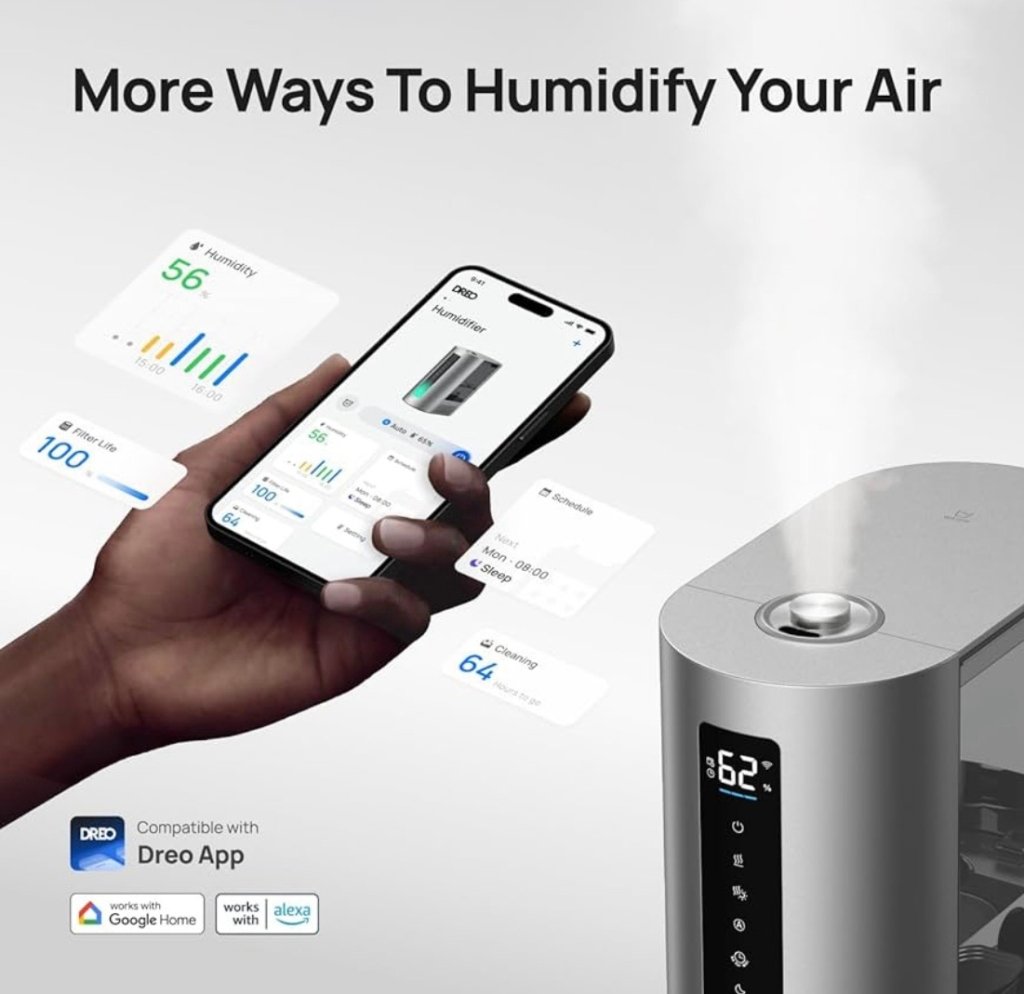
Cool Mist vs Warm Mist: What Actually Helped Me More
Before surgery, I didn’t even realize humidifiers had different mist temperatures — but wow, it really matters when your nose is healing and full of crusty, raw spots.
Here’s what I found in my own recovery:
Warm mist helped me most when:
- My nose was completely blocked and crusted
- I needed to soften dried blood and mucus
- I sat close to it for 15–30 minutes, almost like a mini steam session
Cool mist helped when:
- My throat and mouth were dry from nonstop mouth breathing
- I needed moisture in the air but not heat
- I wanted something to run overnight while I slept upright
The beauty of the Dreo 6L and 8L models is that they let you switch back and forth depending on what you need that day — and trust me, your needs change daily during recovery.
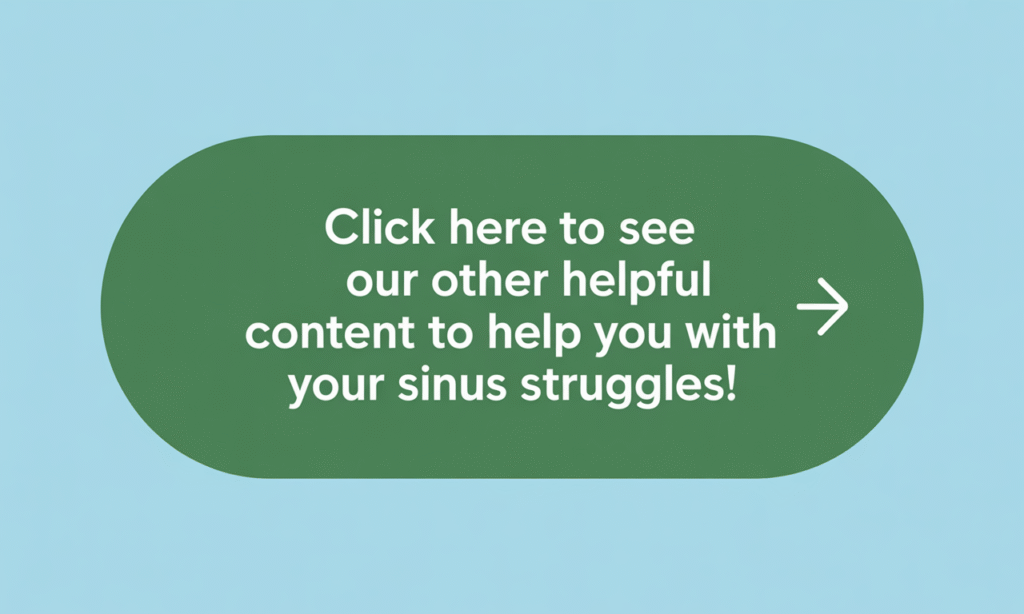
Tips for Using a Humidifier After Septoplasty
Once you get your humidifier, here are some things I learned that made a big difference:
1. Don’t aim the mist straight at your face.
Let it fill the room instead. Blasting warm mist directly into swollen nostrils? Not a good idea.
2. Keep it running consistently.
Your body dries out fast when you’re mouth-breathing all night. I left mine on 24/7 for the first week.
3. Clean it every 2–3 days.
Germs and mold grow fast in warm, wet machines. While you’re healing, the last thing you need is bacteria blowing into your face.
4. Place it nearby — but not right on top of you.
About 3–5 feet away worked well for me, especially when sleeping in a recliner.
5. Pair it with lip balm and saline spray.
This trio — humidifier, spray, and balm — was my go-to setup every night and morning.
Who Each Dreo Model Is Best For
Here’s a quick breakdown of which Dreo humidifier might be best for you, depending on your setup and budget:
- Dreo 4L – Best for small bedrooms, tight budgets, or single-room use
- Dreo 6L (HM713S) – The most versatile, best if you want cool & warm mist, quiet runtime, and smart features
- Dreo 8L (HM717S) – Best for large rooms, dry homes, or if you don’t want to refill it constantly
I’ve rotated through all three and they each have their strengths. If you’re still dealing with mouth breathing, crusty sinuses, or dry throat, you’ll want one of these running around the clock.
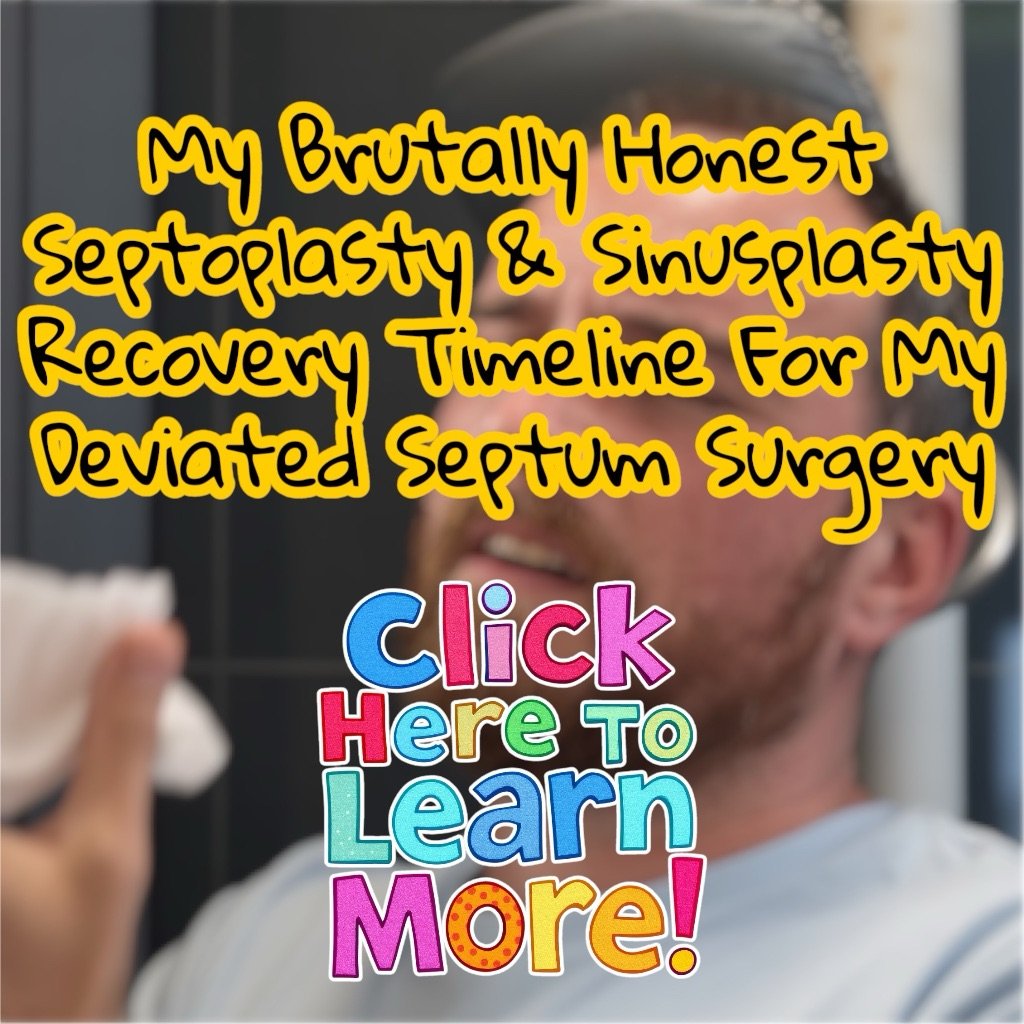
Extra Relief Products That Worked Even Better with My Humidifier
While the humidifier made a huge difference, I noticed that pairing it with a few other items amplified the results — especially during the worst swelling days.
Here’s what helped me even more:
- Lip balm – Constant mist in the air kept my lips from drying out even faster. I applied balm before bed and after rinses.
- Saline spray – With the air already humid, saline mist could actually absorb better in my nose without just hitting a wall of crust.
- Recliner or wedge pillow – Sleeping upright let the mist hit me more evenly and prevented throat dryness.
- Essential oil pad (optional) – I didn’t use oils directly, but a tiny pad with eucalyptus or menthol helped open things up gently.
Those little extras, along with a solid humidifier, made the worst week of healing a little more tolerable.
Common Mistakes I Made That You Can Avoid
Looking back, there are a few things I wish I had known on day one of recovery. So here’s what to avoid if you’re using a humidifier after nasal surgery:
- Waiting too long to start – I didn’t even run mine until day 3. Big mistake. Start it the day you get home.
- Letting the tank run empty overnight – Dry air = dry nose = more pain.
- Placing it too far away – If you’re in a large room, it won’t help unless it’s within a few feet.
- Skipping cleaning – I got lazy around day 5 and regretted it. You don’t want gunked-up mist blowing around your healing tissue.
- Not switching mist modes – I stuck with cool mist at first when warm mist would’ve helped loosen the junk.

The #1 Thing Nobody Tells You About Humidifiers and Sinus Recovery
Here’s the thing: everyone tells you to use saline spray, drink water, and sleep upright after septoplasty… but barely anyone mentions how critical humidified air is.
The best humidifier after septoplasty doesn’t just make you feel better — it helps your healing tissue stay moist, which can speed up the recovery process.
You will noticed:
- Less crusting by the end of the first week
- Less burning and nerve pain around the stitches
- Improved sleep, which helps everything
- Better airflow after stents were removed
It doesn’t work overnight, but trust me — you’ll be glad you had it running.
And if you’re still in the early phase of recovery, you’ll definitely want to check out my day-by-day septoplasty recovery experience here. It’s the stuff no one else is saying.
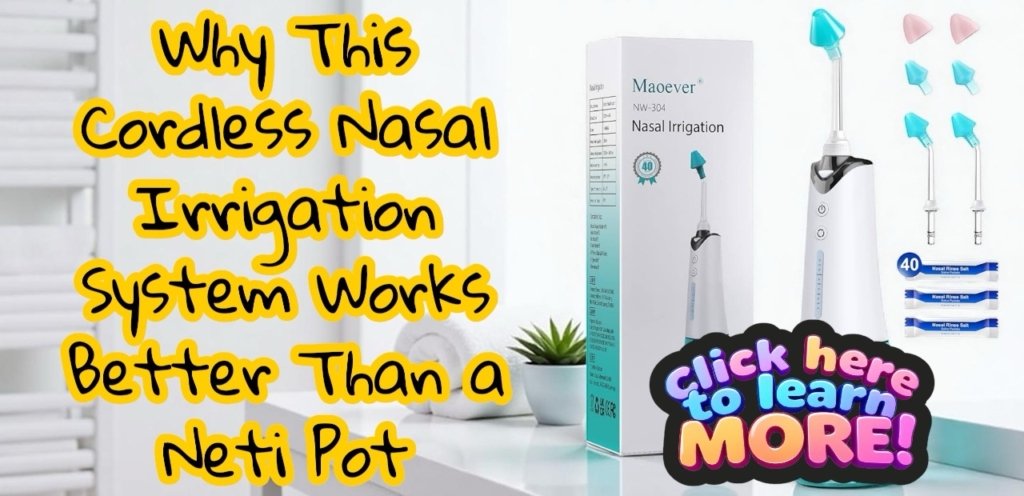
Final Thoughts For You…. The Best Humidifier After Septoplasty Really Does Matter
If you’re dealing with dryness, mouth breathing, sinus pressure, or crusty blockage after surgery — a humidifier isn’t optional, it’s a must-have.
Each of the Dreo models I tried did their job — but for me, the 6L Smart Dreo Humidifier hit the sweet spot of size, features, quietness, and easy use. It just made the whole recovery process a little more bearable.
You don’t need to suffer through dry nights and cracked lips.
👉 Take my advice and grab one of these now — it’ll make your healing process so much smoother. Click here to see all three Dreo humidifiers on Amazon.
As an Amazon Associate we earn from qualifying purchases through some links in our articles.
